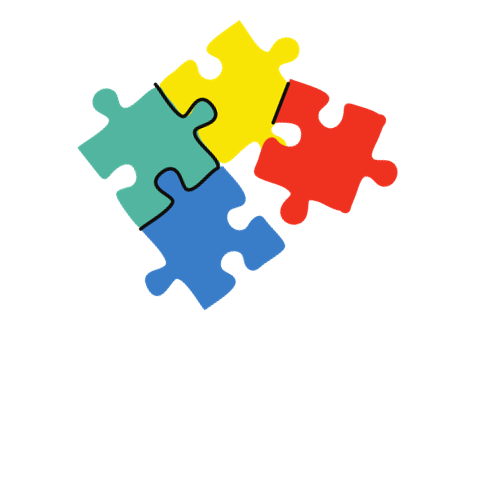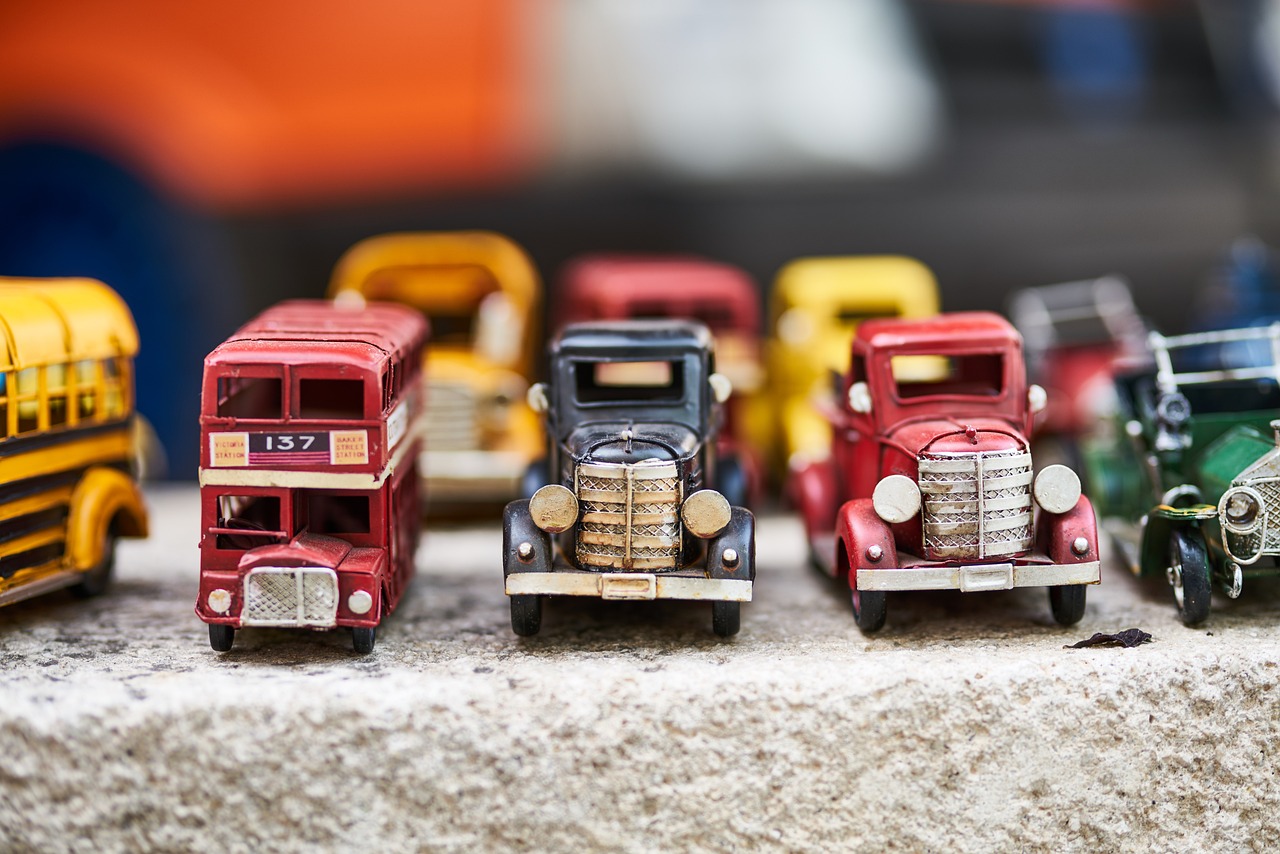The Evolution of Play: A Look at Classic Toys Through the Decades
Remember the joy of spinning a colorful top on the sidewalk or the hours spent building towering structures with your wooden blocks? Play is an integral part of childhood, and the toys we interact with hold a significant place in our memories and development. The story of toys is not just one of entertainment but a fascinating narrative of societal change, technological advancement, and the constant evolution of childhood itself.
Parents today are in a unique position to witness and shape this evolution. From the timeless simplicity of classic toys to the cutting-edge gadgets that adorn the shelves of modern toy stores, the choices are as diverse as the generations that have played with them. This blog post is an exploration of these choices and a guide for parents on understanding and navigating the world of playthings. Let’s take a trip through the ages and rediscover what play looked like in the past and how it influences the present.
Toys of the Past: Simple Beginnings and Nostalgic Endearments
Wooden Wonders of the Pre-Industrial Era
Toys in the pre-industrial era were mainly handcrafted from natural materials like wood, clay, and fabric. These were not just playthings but often passed down as keepsakes. They included iconic items such as the rocking horse, wooden dolls, and pull-along trains. The durability and simplicity of these toys reflected the values of the time, with play seen as an opportunity for both learning and the development of fine motor skills.
The Industrial Revolution and Mass Production
The onset of the industrial age brought about a revolution in how toys were made and obtained. Wood gave way to metal and plastic, and playthings became more ornate and complex. With the rise of the middle class, toys became more accessible, and children had the chance to enjoy a wider range of play experiences. Iconic toys of this time include the classic train sets, cast-iron cars, and the kaleidoscope, reflecting the fascination with mechanization and discovery.
Mid-20th Century: The Golden Age of Play
The 1950s through the 1970s is often referred to as the golden age of toys. Manufacturers like LEGO, Mattel, and Hasbro came to the forefront, introducing toys that are still popular today. From the first Barbie doll to the Etch A Sketch and the Easy-Bake Oven, playthings became more gender-specific and tied to media and cultural trends, thanks in part to the burgeoning television industry.
The Emergence of Educational Play
The latter half of the 20th century saw a growing awareness of play as a tool for learning. Classic toys like the Spirograph and science kits were designed to enhance creativity and scientific understanding. This era also saw an emphasis on wooden and educational toys, with iconic brands such as BRIO and Montessori-inspired materials gaining popularity.
Influence on Modern Toy Design: From Yesterday’s Imagination to Today’s Innovation
Material Matters: The Resurgence of Wooden Toys
In the new millennium, there has been a renewed interest in simplicity and sustainability, reflected in the reemergence of wooden toys. Modern iterations like the Tegu magnetic blocks and PlanToys integrate technology and innovative design with the tactile appeal of natural materials.
Digital Revolution and Smart Toys
The digital revolution brought about a new category of toys that merge physical and digital play. Smart toys use technology to enhance interactivity and learning. Examples include the interactive LEGO sets that combine with mobile apps, as well as virtual-reality-enhanced experiences that breathe new life into classic play patterns.
Eco-friendly and Conscious Consumerism
With environmental concerns at the forefront, there is a growing shift towards eco-friendly and sustainable toys. Brands are using recycled plastics, organic materials, and non-toxic paints to create toys that are not only safer for children but also leave a smaller ecological footprint. This has led to an evolution in both design and consumer expectations.
Cultural Influences and Diversity in Toys
Today’s toys reflect a broader array of cultural and social contexts, with an increasing focus on diversity and inclusion. Dolls and action figures now come in a variety of skin tones, genders, and abilities, allowing children to see themselves and others represented in their play.
Parenting Perspectives: Balancing the Best of Classic and Contemporary Play
The Benefits of Classic Play
Classic toys offer a multitude of benefits for children, including fostering creativity, imagination, and problem-solving skills. They often require open-ended play, allowing children to use the toys in various ways and encouraging cognitive and emotional development.
Navigating Technology in Play
While tech-based toys are often maligned for their passive nature, when used in moderation and chosen carefully, they can offer unique learning opportunities. Coding games, educational apps, and interactive storytelling devices can foster skills that are increasingly relevant in the digital age.
Creating a Hybrid Play Experience
The key for parents is to create a balanced play environment that incorporates both classic and modern toys. Taking cues from the past while embracing the present, children can benefit from a variety of play experiences that cater to different aspects of their development.
The Timeless Nature of Play
The world of toys has come a long way, mirroring the changes in technology, society, and our understanding of childhood. As we look to the future, it’s clear that the joy and learning derived from play remain constant, even as the tools of play continue to evolve. Nostalgia for classic toys is not simply a longing for the past but a recognition of their timeless appeal and enduring value. As parents, it’s our role to ensure that the legacy of play is passed on to the next generation, in all its diversity and wonder. Whether it’s a hand-me-down teddy bear or the latest app-connected robot, the spirit of play lives on, ready to shape the experiences of children today and the adults of tomorrow.




